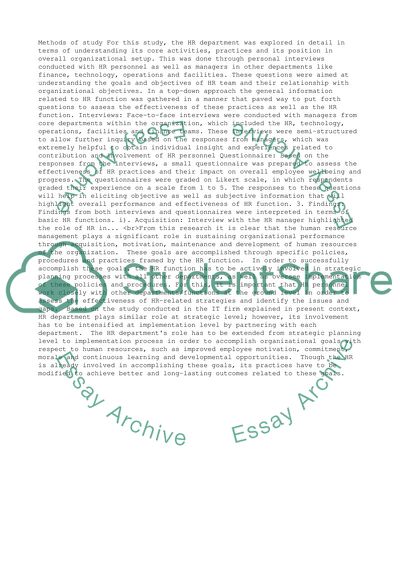Cite this document
(“The practices of Human Resource Management in the organization Research Paper”, n.d.)
Retrieved from https://studentshare.org/management/1393593-the-practices-of-human-resource-management-in-the
Retrieved from https://studentshare.org/management/1393593-the-practices-of-human-resource-management-in-the
(The Practices of Human Resource Management in the Organization Research Paper)
https://studentshare.org/management/1393593-the-practices-of-human-resource-management-in-the.
https://studentshare.org/management/1393593-the-practices-of-human-resource-management-in-the.
“The Practices of Human Resource Management in the Organization Research Paper”, n.d. https://studentshare.org/management/1393593-the-practices-of-human-resource-management-in-the.


